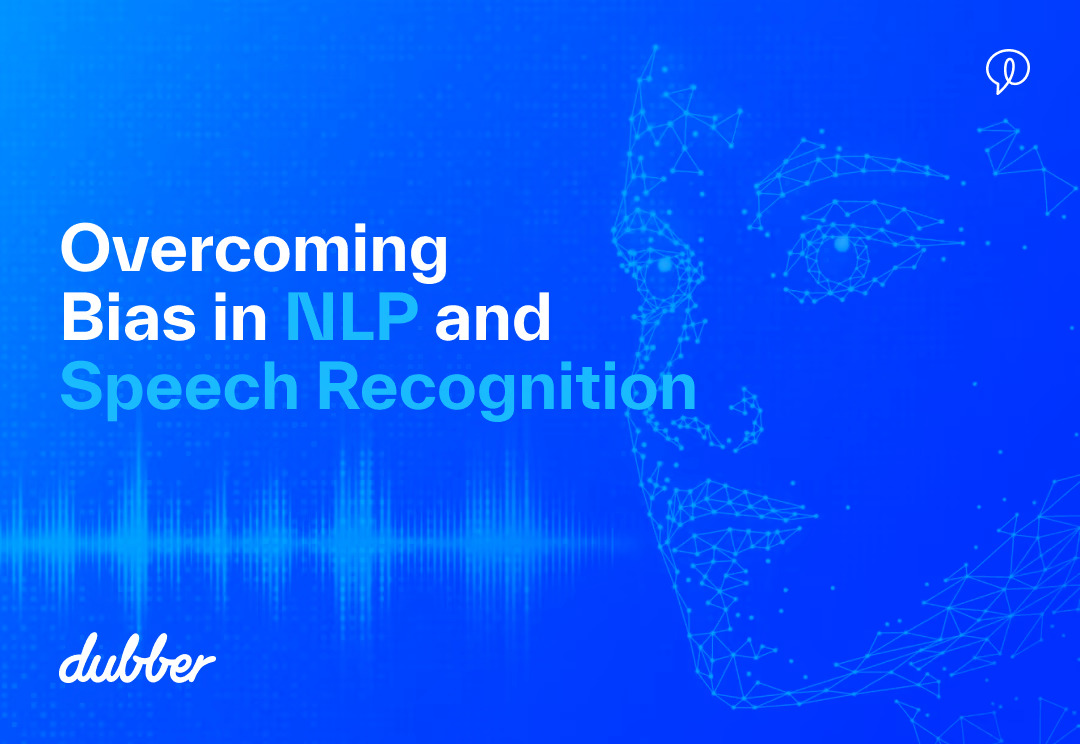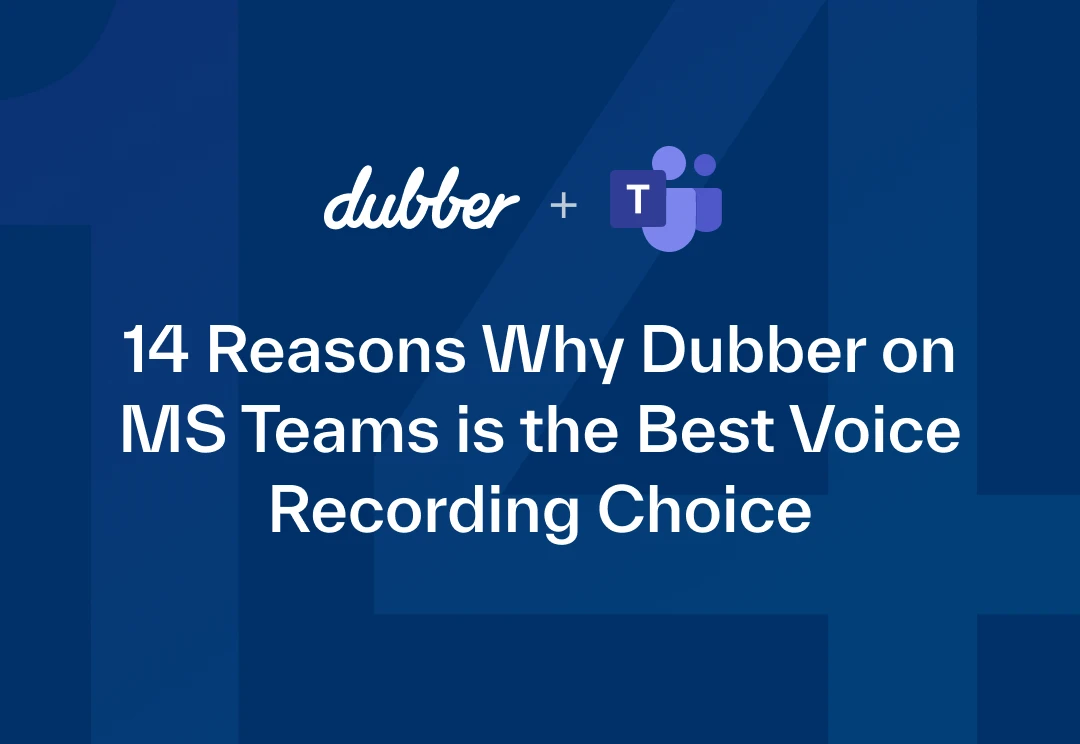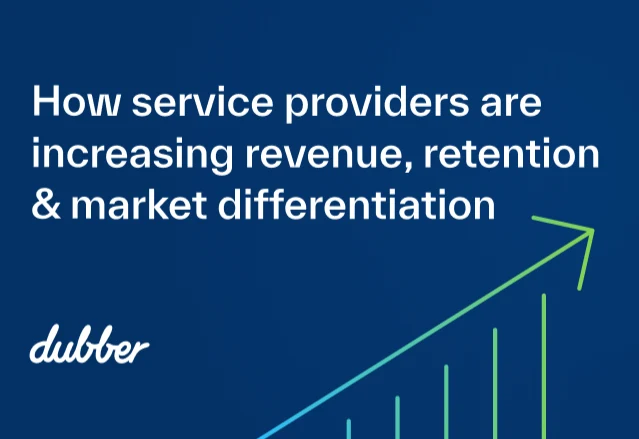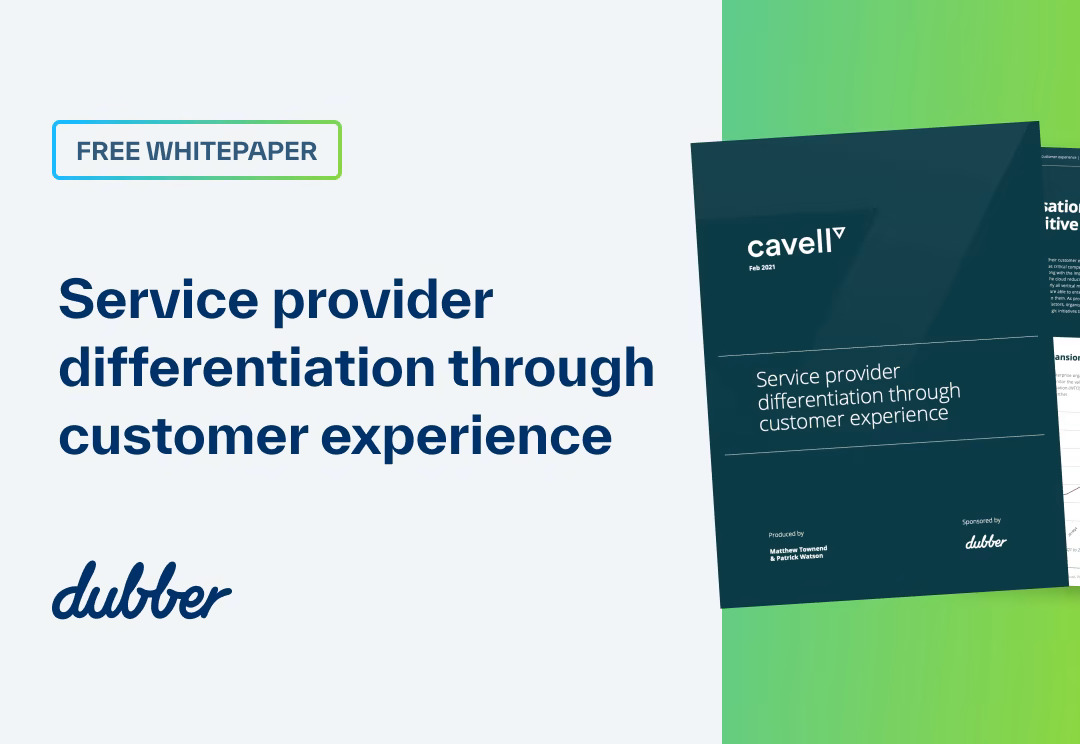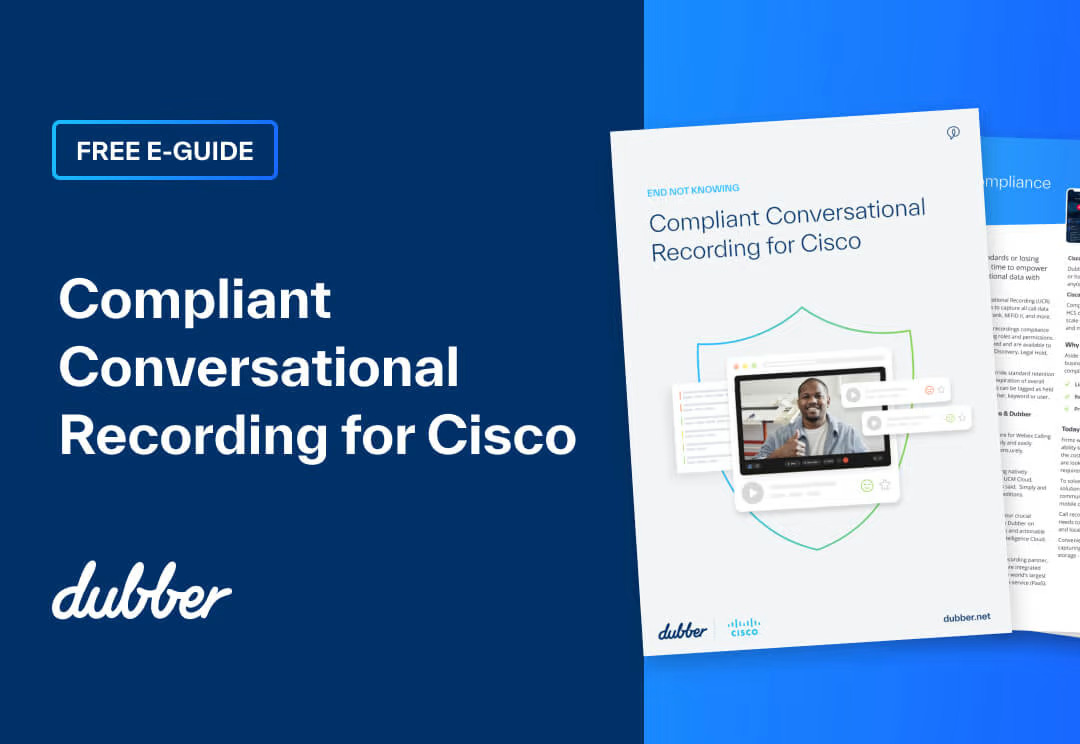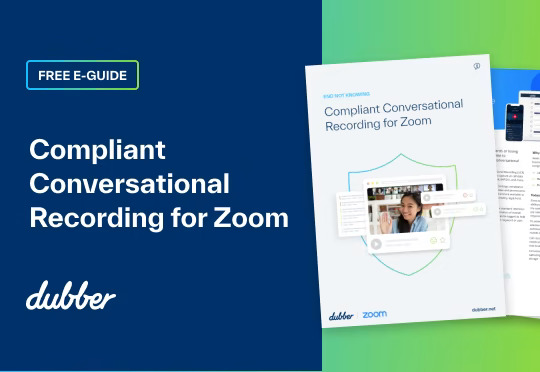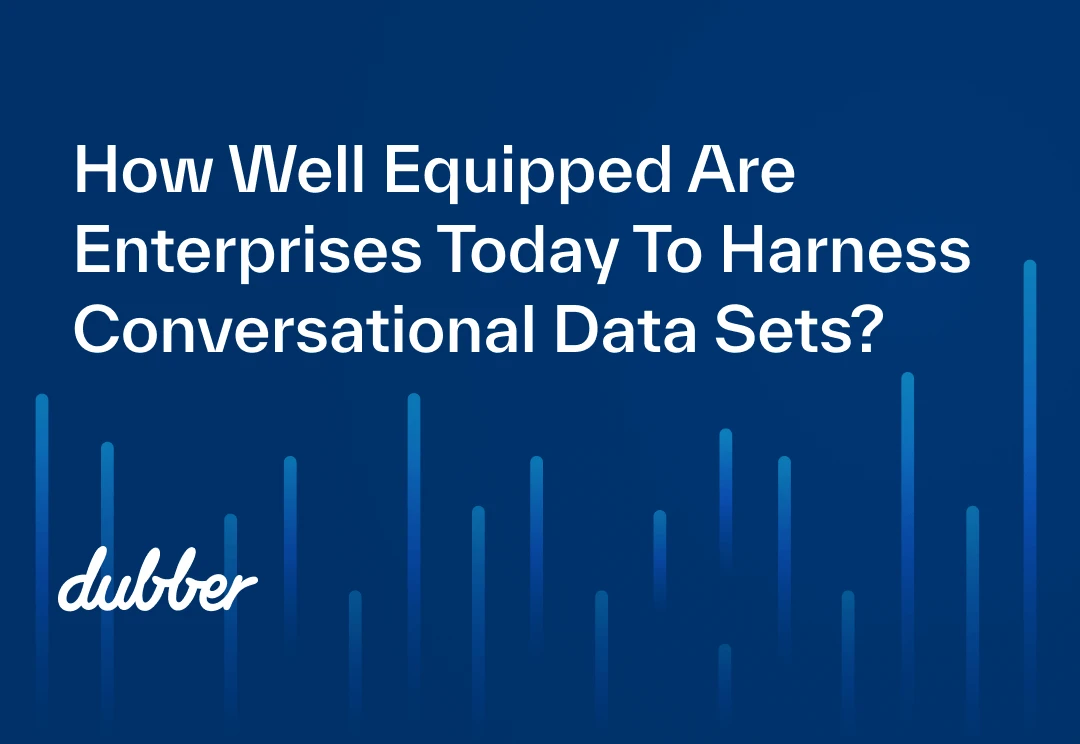The use of artificial intelligence in sales has been increasing in popularity as it facilitates customer service or sales professionals to concentrate on more important work, as machines do the ‘busy work’.
While AI promises to do much to boost sales productivity and effectiveness, most are still in the earliest stages of realising its benefits According to The AI Dossier survey 2021, 74% of businesses are still in the AI experimentation stage and only 26% of businesses focus on deploying high impact AI use cases at scale.
Here are six ways to improve your sales outcomes using a conversational intelligence service – like Dubber – to analyse and action call, chat and video conversations. And implement successful strategies to improving retention, training, and customer experience.
What is voice intelligence?
Voice intelligence uses artificial intelligence (AI), in the shape of machine learning, natural language processing (NLP), and real-time speech recognition to analyse calls, and digital conversations.
Dubber’s voice intelligence comes in the form of a specialised Unified Conversational Recording platform. Dubber’s UCR enables organisations to be more efficient in the management of their day to day communications and learn more from customer conversations. From automating note-taking to detecting customer sentiment, conversational intelligence is ending not knowing in businesses of every kind.
1. Don’t miss a conversation
As we say at Dubber: record, replay and reveal.
Having a solid foundation for Unified Conversational Recording (UCR) is essential for capturing, storing, and centralising your customer sales interactions.
Recording every voice, video, text, and chat across any communication device and end-point is where your sales will see an improvement. This enables you to catch sales conversations and turn them into actionable insights – seeing where you can drive an increase in revenue and retention.
Conversational Intelligence and UCR are two quintessential pieces in capturing recordings. These conversations are where 80% of the most crucial conversations with customers and employees occur.
2. Get the full picture with intelligent transcription and search
By complimenting Dubber’s advanced AI and natural language processing with multi-vendor AI technologies – live transcriptions can help seal the deal in your team’s sales conversations.
Here’s how the sales team and managers use Dubber’s live transcriptions:
- Always have context as to the previous conversation
- Understand the customer — know their requests, interests or boundaries
- Verify orders and T&Cs — key to effectively resolving future issues and disputes
- Note important details — stay focused and save time with the notes automagically connected to your CRM platform
- Use transcriptions to coach and train staff
- Monitor advice provided in line with compliance regulations
Take advantage of our advanced features to automatically detect the dominant language spoken.
Let’s say: A customer mentions she previously spoke to an employee about a different plan but can’t remember which plan it was. Easily search transcripts to find precisely which plan your employee suggested- without wasting any time.
3. Learn more about customer and employee sentiments
Sometimes we can have a hard time reading people’s emotions- especially when you’re not face-to-face.
With Dubber’s AI sentiment insight, you can now know what your team and customers are saying, feeling and needing. This is a distinct advantage to the growth of your sales as the tone analysis helps sales reps provide a consistent and compliant delivery. Boosting satisfaction and customer experience increases the chances of consumers making another purchase by 89%.
Dubber AI sentiment analytics combined with machine learning and NLP to save you time conducting employee call evaluations.
It analyses the spoken words in conversations by:
- Categorising them as positive, neutral, or negative
- Labelling calls against seven emotions
- Identifying the dominant language spoken
Let’s say: You have a new employee and they are trying to push a sale but are coming across as abrasive to the customer. The customer is frustrated and angry but you can use this information to help the sales rep work on their communication skills.
4. Search, filter and find across all conversations in real-time
Frantically searching for that customer interaction transcript from a week ago? Look no further than quick, elastic and instant search within Dubber.
Save stress and time with instant search results from real-time recordings by team members or customers. Dubber extracts information and insights from the conversation and categorises and organises the context.
You can apply the filter on the search function to specify:
- Team member
- Day/Time
- Keywords
- Tags
- Phone number
Show that you’re attentive to detail. Utilise quick cross-referencing on the go, verify accounts, or see what type of service, plan or products the customer is currently using. You’ll avoid chasing tails and save the customer from having the same conversation.
Let’s say: David is the best sales rep in your team. When training a new employee, you can filter and search all, or some of David’s calls for training and coaching purposes.
5. Get notified and stay on top of monitoring conversations
Sometimes we can find mistakes or red flags a little too late with legacy call recording, resulting in a loss.
Rest assured with Dubber’s real-time alerts and notifications you’ll stay ahead and be ready to diffuse situations when specific words and phrases are triggered.
You’ll be able to:
- Create notifications from a negative sentiment
- Alert on critical sales terms e.g “Not interested”
- Alert immediately or at the end-of-day summary
Utilise these options to get a leg up on your competitors – create an immutable record of best interests efforts by gaining insight from prospective customers and what your opponents may be offering. As well as trends emerging, or if a sales script just isn’t resonating with customers- you’ll know.
Let’s say: You’ve set an alert every time a customer says “not comfortable” and identify that many of the instances refer to when a customer says “not comfortable with sharing those details over the phone”. You can work out that this might be a common concern and highlight PCI compliance and security measures in marketing messaging.
6. Offer safe and easy payment options
People are more aware and definitely more sceptical of giving out personal information these days. As your sales conversations travel into confidential territory, you could be at risk of losing revenue if customers are reluctant to give out sensitive information via phone or video.
But here’s where you get the upper hand — Dubber’s PCI DSS solutions have enabled billions of dollars over phone payments globally. All data is encrypted and stored within the produced region, guaranteeing data compliance.
Encourage your team to communicate to the clients that:
Dubber’s Voice intelligence assures you that the PCI solutions hosts secure payment platforms that intercept any card data from entering your contact centre environment – basically bulletproof!
Let’s say: You’re speaking to a customer and they wish to pay a bill over the phone using a credit or debit card. Rather than asking them to read aloud their details, they type in their payment card details using their telephone keypad with a PCI compliant voice intelligence solution.
Improve sales while ensuring internal company policy compliance
With Gartner estimating that remote workers will represent 32% of all employees worldwide by the end of 2021, keeping conversations compliant can be very hard to oversee. But with Dubber, you have effortless yet total visibility of all your team’s conversations all in one place.
Managers use voice intelligence to ensure the team adheres to internal policies and collects data from customer insights that can be used to their advantage. This will drive team and sales performance to new lengths. Managers use voice intelligence as a tool:
- Save time monitoring and reviewing calls
- Enable teams to meet sales targets
- Manage and store conversations from teams
Let’s say: Your manager is reviewing your conversation with a customer and they identify a missed opportunity for you to make a sale. They playback said instance to you and utilise for coaching.
One of the most exciting and significant advancements of AI in sales is the development of voice intelligence. As you can see, voice intelligence and UCR software offer teams, managers, and organisations the upper hand. Hopefully, you’ll get some good ideas from this and pick up on some critical features of Dubber’s voice intelligence and apply them to your business.
Look forward to knowing your customers and expediting sales!

